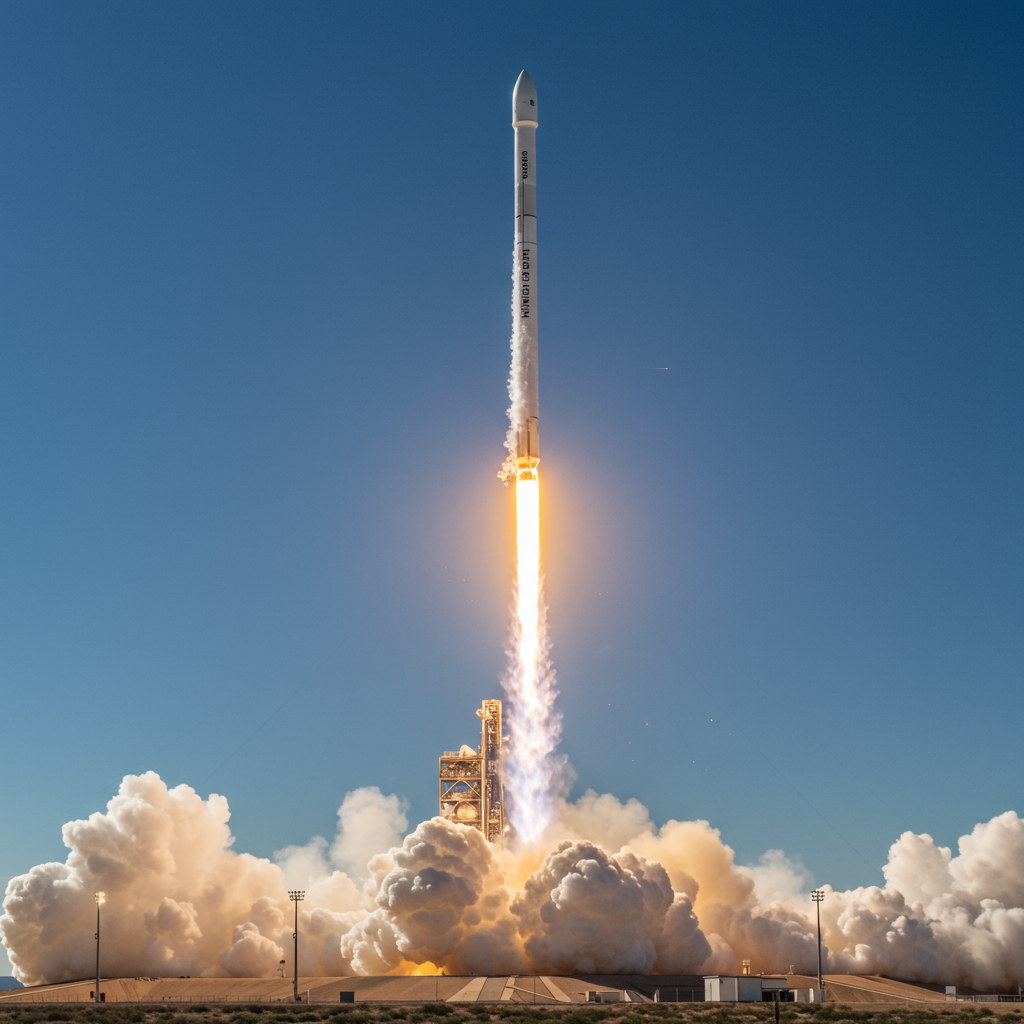Tesla has reportedly fired Omead Afshar, a prominent executive who served as the company’s head of operations for North America and Europe. His departure comes amidst significant business challenges for the electric vehicle giant, including a prolonged slump in sales across the very regions he managed.
Afshar’s career trajectory at Tesla was notable. After holding roles at medical equipment manufacturers like St. Jude Medical and Abbott, he joined Tesla in 2017, quickly rising through the ranks. He began working in the office of CEO Elon Musk and was widely seen as taking over the crucial “chief of staff” role after the departure of Sam Teller in 2019. In this capacity, Afshar became deeply involved in key projects, with Musk himself crediting him for leading the complex construction of Gigafactory Texas.
However, Afshar’s tenure wasn’t without controversy. In 2022, reports surfaced that he faced potential termination following an internal investigation. The inquiry reportedly stemmed from allegations that he used company resources to order specialized glass for a “secret project.” Tesla’s finance department flagged the transaction, suspecting company funds were being used for something unrelated to Tesla’s core business. This project was later linked to Musk’s personal plans to build a glasshouse near Austin, a detail confirmed in Walter Isaacson’s biography of Musk, though the project never materialized. While Tesla never publicly disclosed the outcome of the investigation, Afshar was reportedly temporarily reassigned to SpaceX, a move some interpreted as him potentially taking responsibility or being moved aside in connection to the project tied to Musk’s interests.
Two years later, Afshar returned to Tesla and was elevated to a top leadership position: Vice President of operations for North America and Europe. Appointed in October, this role placed him in charge of both sales and manufacturing across two critical markets, effectively making him one of Tesla’s most powerful executives, described by some as a “fixer” for Musk.
Now, reports indicate Afshar has been let go. The firing is closely tied to the significant decline in Tesla’s sales within the North America and Europe regions he oversaw.
Facing a Sales Slump
Tesla is currently grappling with significant demand issues, particularly in Europe, where sales have been described as being “in free fall” and have declined for a fifth consecutive month, including a sharp 28% plunge in May. U.S. sales have also reportedly been down this year.
Globally, analysts anticipate a significant drop in Tesla’s EV deliveries for the second quarter ending June 30. Forecasts suggest deliveries could fall by at least 10% worldwide compared to the same period last year, reaching around 392,800 units versus 443,956 in Q2 2023. Even in China, Tesla’s largest market, sales saw a 15% drop in May. While Tesla attributed a challenging first quarter partly to the Model Y changeover, that explanation doesn’t apply to the current quarter, where performance is still expected to be weak.
This sales slump occurs as Tesla faces increasing competition, particularly from fast-rising Chinese EV manufacturers like BYD.
Broader Challenges and Strategic Shifts
Beyond regional sales figures, Tesla is navigating broader headwinds. The company’s vehicle lineup is considered by some analysts to be aging, with the Cybertruck, the only new model introduced in the past five years, reportedly failing to meet Musk’s initial volume goals.
Compounding the challenges, Musk appears to be increasingly focusing Tesla’s future efforts on ventures like a new robotaxi service, the Optimus humanoid robot, and artificial intelligence, a strategic direction described as a “tricky pivot” given that electric cars, batteries, and charging services currently generate nearly all of the company’s revenue.
Tesla recently launched a limited pilot of its robotaxi service in Austin on June 22. While intended to showcase autonomous capabilities, early reports from the highly controlled environment, which included safety drivers, noted instances of erratic vehicle behavior, prompting review by the National Highway Traffic Safety Administration (NHTSA). Despite the operational struggles in the regions he led, Afshar himself had recently expressed strong public support for the robotaxi program on social media just days before his reported firing.
Afshar’s departure is also the latest in a series of high-profile executive exits from Tesla over the past year, adding to a sense of turmoil. Recent departures include CFO Zach Kirkhorn, Chief Battery Engineer Drew Baglino, head of Supercharging Rebecca Tinucci, and Optimus robot engineering lead Milan Kovac.
While Tesla and Elon Musk have not officially commented on Afshar’s reported firing, the move underscores the pressure on the company amid declining sales and intense market scrutiny. Afshar’s ouster, particularly given his perceived status as an “Elon loyalist” and his role overseeing the struggling sales regions, highlights the volatility within Tesla’s leadership as it confronts significant operational and strategic challenges. The company’s stock has also reflected these difficulties, seeing a notable decline year-to-date.



